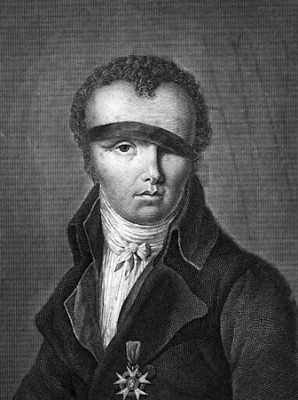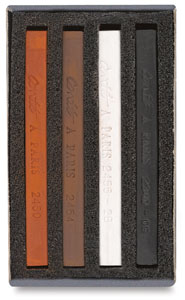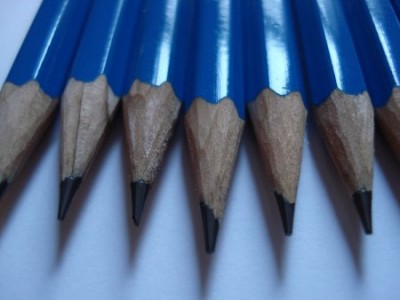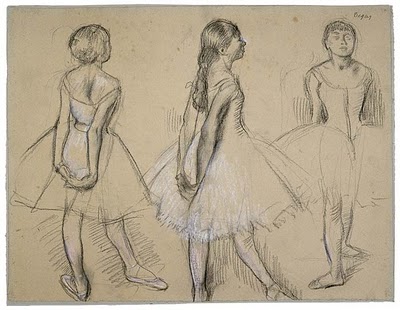This month was the anniversary of the birth of Nicolas-Jacques Conté. Born August 4, 1755, he was the inventor of two materials very near and dear to the hearts of many modern-day artists: the pencil and the Conté Crayon.
NJ Conté was a French officer for Napoleon’s army during the time of the French Revolution. Since France was cut off from British imports including English graphite, Conté was given the task of coming up with an alternative writing instrument. In just eight days he developed a mixture of low-grade graphite powder mixed with clay. The material was then baked and pressed between two half cylinders of wood, becoming the first pencil.
Nicolas was also responsible for the invention of the Conté Crayon, which is a drawing medium thinner and harder than the traditional pastel and gives the user many creative options. Conté Crayons are compact, making them easy to transport, plus they produce less dust than pastels which makes them a better choice for fine detail. They also tend to absorb better into paper which gives added longevity to artwork. Previously limited to black, white, and earth tones, these crayons are now available in a wide spectrum of options, though many traditionalists still choose to use only the original colors.
Master artists such as Picasso and Degas, whose works in paint are perhaps more well-known, were very fond of Conté Crayons. There are many examples of their work showcasing the versatility of this material, which continues to be a popular choice among visual artists today.
Equally well-known for his expertise in aeronautics and with a few successful hot air balloon ascents to his credit, Conté was also a portrait painter in his own right – another example of the great things that can happen when art and science meet. So, the next time you pick up a pencil or crayon and wonder where it came from, know that you have an unsung hero like Conté to thank. Bon anniversaire!
Brian Sylvester is a guest blogger on WallSpin, and an artist on Zatista.







One of my favorite drawing materials- it has the ability to make expressive line, deep rich dark areas, and smears like “buttah”.
Only downside is when I erase, (and I do tend to work the surface) you can never rub it all away- there’s always a ghost left. But this is a lovely quality as well.
I think it really lets the viewer see the hand of the artist in the work.
Merci, Monsieur Conte!